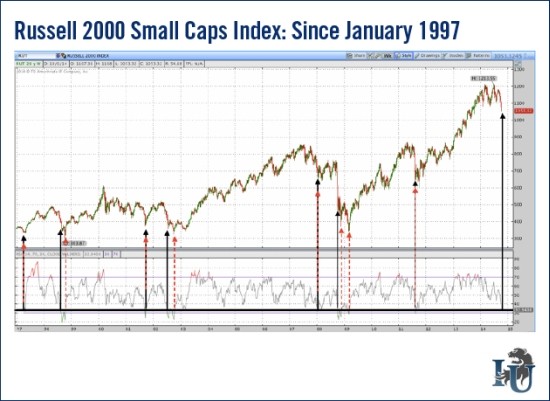BUYING WHEN THERE S BLOOD IN THE STREETS
Post on: 19 Апрель, 2015 No Comment

Private equity certainly is not what it used to be. The industry, which buys public companies with a mixture of cash and debt, has fallen victim to a tough economy and a slew of well-publicized megadeals that have yet to work themselves out.
The big problem with private equity is the credit markets. With borrowed money extremely hard to come by, purchasing a large-cap company with a little bit of cash and a lot of debt is next to impossible at the present time. What’s a private equity fund to do?
For starters, aim a little lower. Although megacap buyouts are DOA until the credit crisis works itself out, smaller deals are alive and well. There’s plenty of financing in the middle market, says Thomas H. Lee, a veteran buyout professional who sold his namesake firm a few years ago and recently started Lee Equity Partners, a midcap buyout fund that is currently seeking investor capital. And valuations, which have been outlandish the last few years, are much more compelling. (In the spirit of full disclosure, it should be noted that my firm has done, and will continue to do, business with Lee Equity Partners.)
Lee’s new venture is typical of the structure of most private equity funds. It involves an investment period of about four years, followed by a harvest period in which the companies purchased are sold either via an initial public offering or to another party. As a result, the typical private equity investor is illiquid for a decade or so. Such a lengthy period may seem daunting, but the benefits can be significant.
Private equity has enjoyed returns of a higher magnitude than traditional equity and fixed income investments, and for good reason. Private equity firms have time on their side. During the long commitment period, they can invest through a full economic cycle. This gives them the benefit of investing during tough periods with the opportunity to cash out when market conditions improve. Investors should also expect to get a liquidity premium for allowing their money to be locked up.
Gauging the value-added benefits of the asset class is made easier through the use of the Cambridge Associates LLC U.S. Private Equity Index. This metric is based on funds that represent 70% of the total dollars raised by U.S. leveraged buyout, subordinated debt and special situation managers between 1986 and the present. The table shows returns for the index versus traditional indices.
For those high-net-worth individuals who have capital they won’t need for long periods of time, private equity may be a viable option. However, investors must meet accreditation requirements, and they should be aware that private equity returns will vary significantly across offerings. As noted, funds that specialize in small and midcap deals seem to be getting the most traction these days, giving potential investors a good place to start looking into the asset class.
Ben Warwick is chief investment officer of Quantitative Equity Strategies LLC in Denver and of Memphis-based Sovereign Wealth Management Inc.
Reprints Discuss this story














